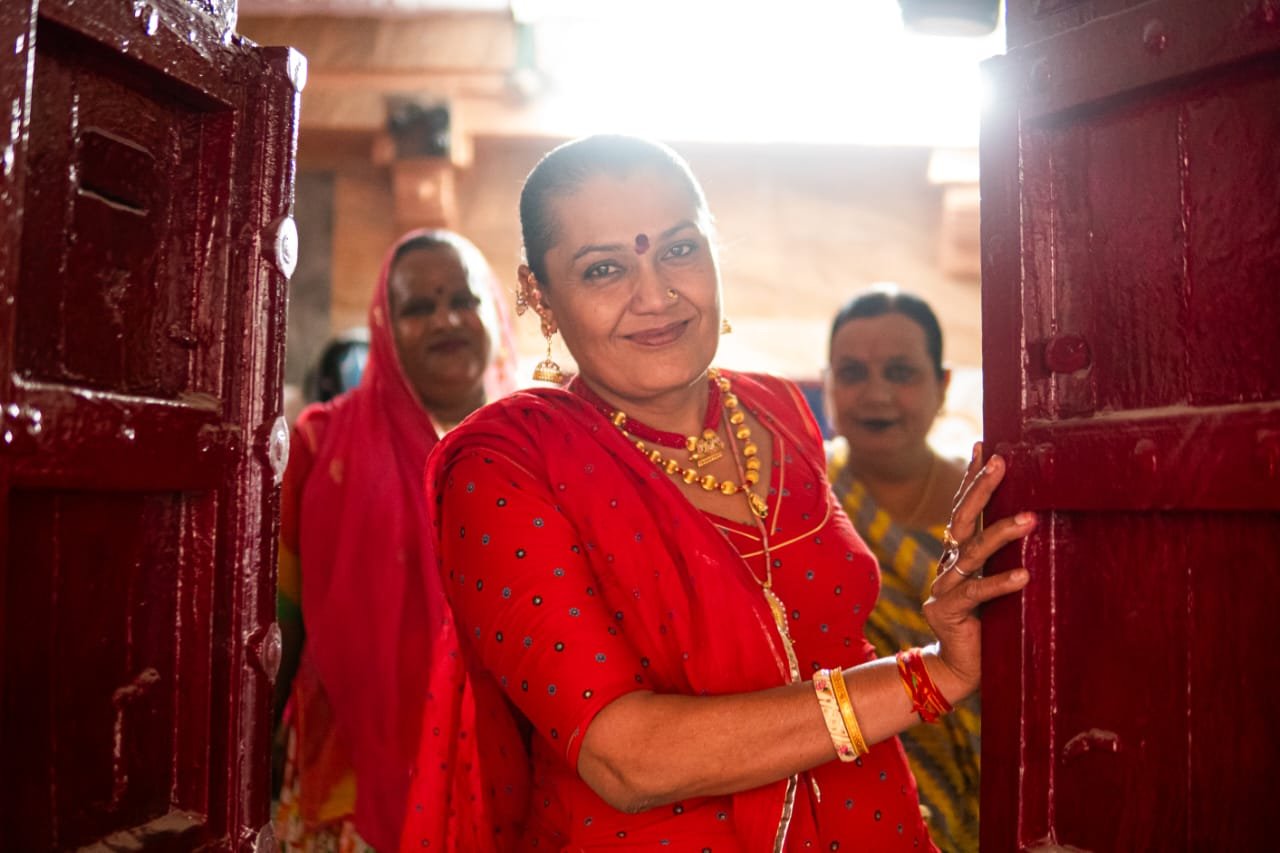Rights and Reality for the Hijra Community
By Carlea Bauman
Photo Photographers Without Borders
The third gender, as it has been historically known, has played an important role in Hindu society for two millennium. While the third gender has been identified with a few different groups in South Asia, the most common are the hijras. Hijras include intersex and transgender people who look and dress in traditionally feminine ways. Hijra identity is complex, as is the language used that includes both legal and traditional references to the third gender and, more recently, to transgender. Also complex is hijras’ status within Indian society.
Hijras had long held high societal standing in part because genderfluidity is fundamental to both Hindu gods and heroes. When what is now India was colonized over 200 years ago, laws based in Christianity began to erode that standing. In 2014, India officially recognized third gender people as citizens deserving of equal rights. Sambhali is dedicated to making that recognition a reality.
Hijras dance in the rain near Sambhali TrustHijras have traditionally been seen as members of the divinity and bearers of good blessings. Hindus believe that a hijra’s blessing will guarantee prosperity and fertility for a new couple or baby and, as such, are invited to perform rituals, songs, and dances at weddings and births.
Hijras at Sambhali Trust. Photo by Photographers Without BordersBut beyond that, hijras live on the margins of Indian society. Their main sources of income outside of religious ceremonies are from begging and as sex workers. Due to discrimination, they are often not allowed to seek regular employment or housing and are often kicked out of their homes by their families. They are at high risk of gender-based violence and police harassment.
Sambhali Trust’s Nirbhaya project offers support to hijras against gender-based violence and harassment. Nirbhaya, which Sambhali U.S. has supported since its founding four years ago, expanded this year to provide legal, psychological, and day-to-day life assistance to hijras and other members of the LBGTQIA+ community.
“In our efforts through the Nirbhaya project to support transgender women, we are actively working on connecting them to mainstream society,” states Rajshree Rathore, Head of Educational Services for Sambhali Trust. “Recently, we've engaged them in theatre and public speaking initiatives, including a noteworthy participation in a theatre production highlighting the importance of voting.”
Hijras Transgender Upliftment Empowerment CommitteeSambhali Trust’s impact extends westward from Jodhpur to Barmer and Jaisalmer, where they have worked to assist hijra and other members of the transgender community in obtaining voter IDs and transgender cards (which are necessary to obtain services from the government). The Trust has also applied to secure rights in dedicated wards in hospitals for transgender populations. This work is done in conjunction with Sambhali Trust’s Garima (“dignity”) project that also provides a safe drop-in center and seminars for members of the LGBTQIA+ community along with educational initiatives geared towards the entire population.
As the famous quote goes, “Love knows no boundaries, and neither should our acceptance,” states Rajshree. “Every shade of the rainbow enriches the canvas of life, and each LGBTQ life is a testament to the beauty of diversity and the power of authenticity."




